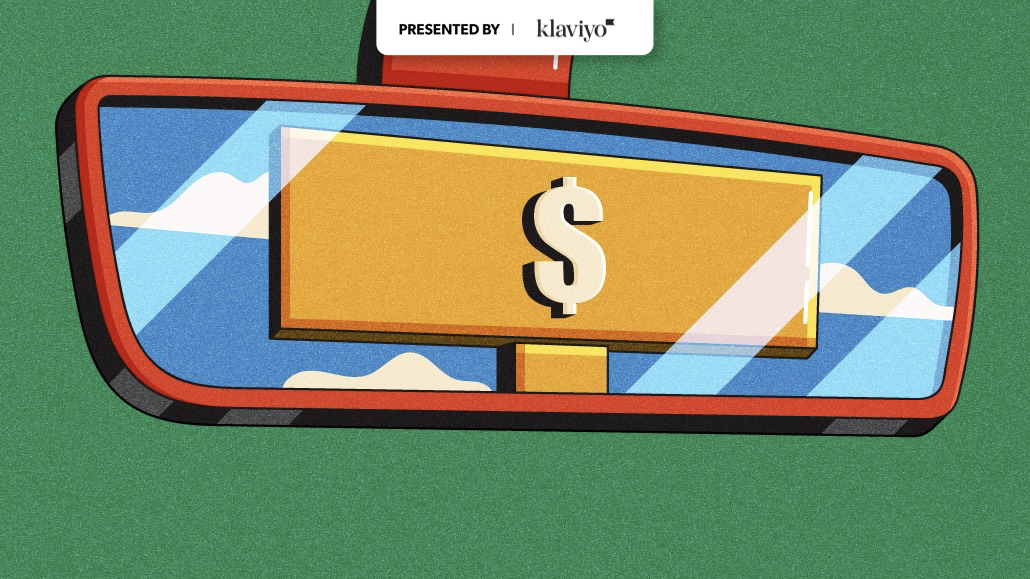Alternative media tries to grab the spotlight, but the economy has other plans

This editorial series examines industry trends across the media, media buying and marketing sectors as 2023 closes and the new year begins. More from the series →
Most of the media trade headlines revolve around connected TV, search and programmatic buying of digital inventory. Far less attention is given to media channels that operate closer to the fringes of mainstream marketing budgets — digital out of home, experiential and cinema advertising.
Regardless of whether that’s fair, it’s the reality that these so-called alternative media still struggle to secure larger budgets, particularly in times of economic uncertainty — which the marketing industry is still wading through in hopes of reaching more fertile marketplaces in 2024.
Still, marketers are asking to at least kick the tires on alternatives, for a number of reasons. For one, the connected TV marketplace remains a bit confused, with muddled measurement issues, new entries to the ad-supported side that are still getting their proverbial acts together and lack of clarity on inventory accessed through programmatic means. For another, the major platforms like Meta and Google find themselves under various microscopes of privacy violations and lack of transparency in the buying process.
“We are getting asked for more and more ideas that are not run of the mill,” said Jeff Matisoff, partner at digital shop Jellyfish, which is part of Brandtech Group. “Part of that is out of a fear of where linear is heading, and some of it is just a tiredness of standard options — not even just fear for what could be but just marketers wanting to find new stuff that isn’t coming to them via Google, Facebook, X or others.”
Digital OOH
Digital OOH seems to hold the most appeal as an alternative to mainstream digital options or CTV. Part of that stems from the fact that more and more digital OOH inventory can be accessed through programmatic means — which means better audience data that’s on an apples-to-apples level with other programmatic inventory.
“We do see a lot of interest in programmatic out of home — there has been a huge lift in both interest from clients as well as our ability to transact it, measure it, and show the performance,” said Matisoff. “It has big screens and huge impact in places where people are going to, especially post-COVID as people are getting out more and more.”
GroupM projected 18% growth in 2023 in digital OOH to $12.37 billion — with another nearly 15% growth expected in 2024 to hit just under $14.2 billion, in its latest media spend forecast released this month.
“We expect DOOH to see gains alongside CTV as advertisers look for data-driven channels that still satisfy brand reach goals, which are increasingly difficult to achieve on linear TV,” said GroupM’s president of business intelligence Kate Scott-Dawkins in the report.
With new innovative DOOH destinations like The Sphere in Las Vegas, experiential is crossing over with OOH more frequently. MSG, Sphere’s owner, has seen a surge in in-person engagement, thanks to concerts and other events (including MediaMonks’ planned screening of Darren Aronofsky’s Postcard from Earth film during CES in January). Sphere has attracted a massive spike in social engagement as well. Given the investment owner MSG put into it, the venue is also operating at a significant financial loss, but blue-chip advertisers like Coca-Cola, Heineken, Marvel and Xbox are said to be lining up to advertise on it.
Cinema advertising
When it comes to cinema advertising, the segment is trying to claw its way back to pre-pandemic revenue levels. And a strong box-office year (thanks to Barbie and Taylor Swift, mostly) has offered the segment a shot in the arm. GroupM’s Scott-Dawkins said cinema advertising as a segment will enjoy one more year of double-digit revenue growth in 2023 — nearly 15% to $2.2 billion before growth slows down to single-digit percentages.
“We don’t expect the channel will surpass 2019 levels ($3.0 billion) within the next five years,” wrote Scott-Dawkins in her forecast.
Jellyfish’s Matisoff is even more down on cinema advertising, citing his own anecdotal experience that most people sneak into theaters right as the movie starts — thereby missing the majority of pre-runtime ads.
“I’m a huge movie buff — I’m in the movies almost every week,” he said. “And as a media buyer, I’m watching for who’s in the theater, by the time those ads show. It’s almost no one. Cinema is a marketplace that needs a shake-up pretty strongly.”
Not so fast, argued cinema advertising’s two main proponents, both of whom pushed back on buyers’ doubts that butts are in seats when the ads play. Cinema ad leader National Cinemedia’s Manu Singh, svp of insights/analytics and sales data strategy, noted that if TV isn’t held to the same standard (as in, where is the proof that viewers are actually watching ads at home just because the TV is on), cinema shouldn’t be either.
“Give me the validated TV viewing data and we can go head to head with with it,” said Singh. “Otherwise when we do look at it from a third party and pull the data on a weekly basis, then the story we are seeing is not consistent with someone’s singular experience.”
Singh added that, according to surveys NCM does off validated movie attendance, more than 90% of the audience is in their seats 10 minutes before the public Showtime. “That’s predominantly where the ads are playing,” she said.
At Screenvision, chief revenue officer Christine Martino, said the firm offers scaled pricing that goes up as the published showtime approaches. For example, the marquee position Screenvision sells is one 60-second spot that runs right after the last trailer and right before the movie starts but pricing is variable leading up to it.
“We know exactly what percent” of the audience is in their seats in the lead-up, said Martino. “We prorate our impressions that way so you’re never buying 100% of the audience that is projected to be in that movie. You’re buying the percent of audience we know will be in their seats when your spot runs. It’s priced accordingly.”
In the end, the economy’s health will determine how and where clients will spend on alternative media, said Matisoff. “On good days when all when budgets are up and when performance is great, [clients say] ‘Yes, please, let’s look at these things,’” he said. “When we’re in tougher times, which we are certainly in right now, they get backburnered a little bit more.”
More in Media Buying

Why Pinterest wants to buy tvScientific, and what it signals for the CTV ads business
Corporate development sources estimate the deal valuation to be above $300 million, claiming tvScientific’s gross revenue is approximately $100 million.

Ad Tech Briefing: How the experts predict digital ad spend will pan out in 2026
Advertisers are placing greater emphasis on price and performance, often at the expense of transparency and control.

Crossmedia and Mile Marker make moves now to grow in their rosters in 2026
Both independents made executive moves to harness a potential windfall of clients leaving the holding companies for better service and results.








